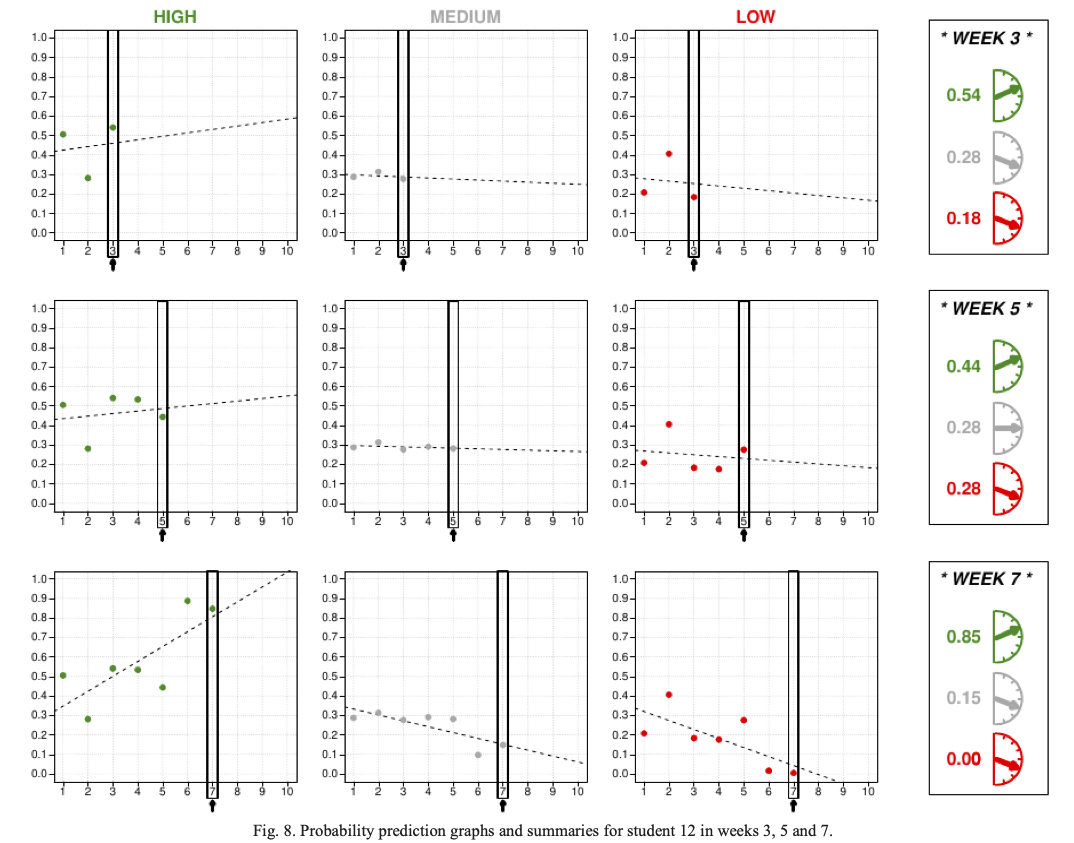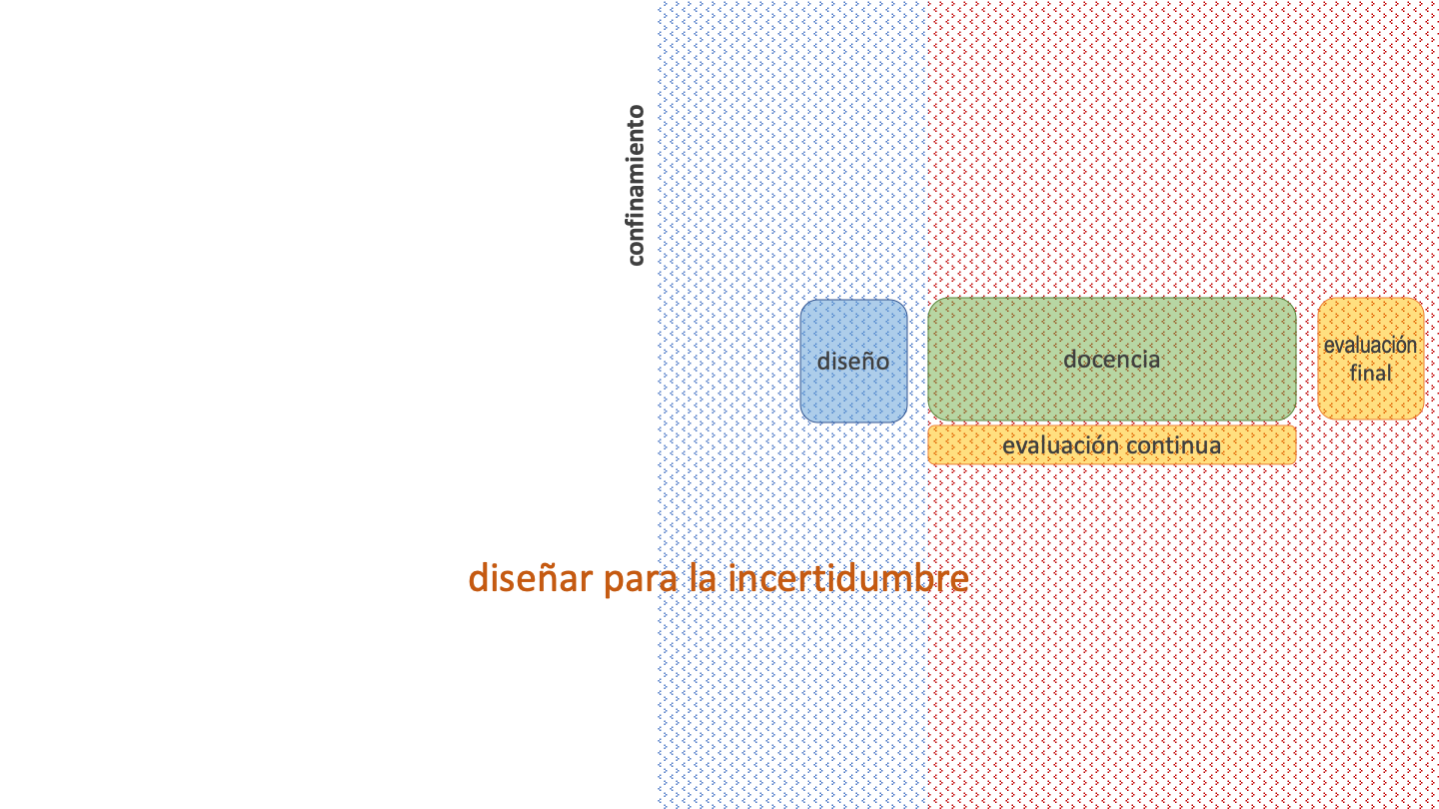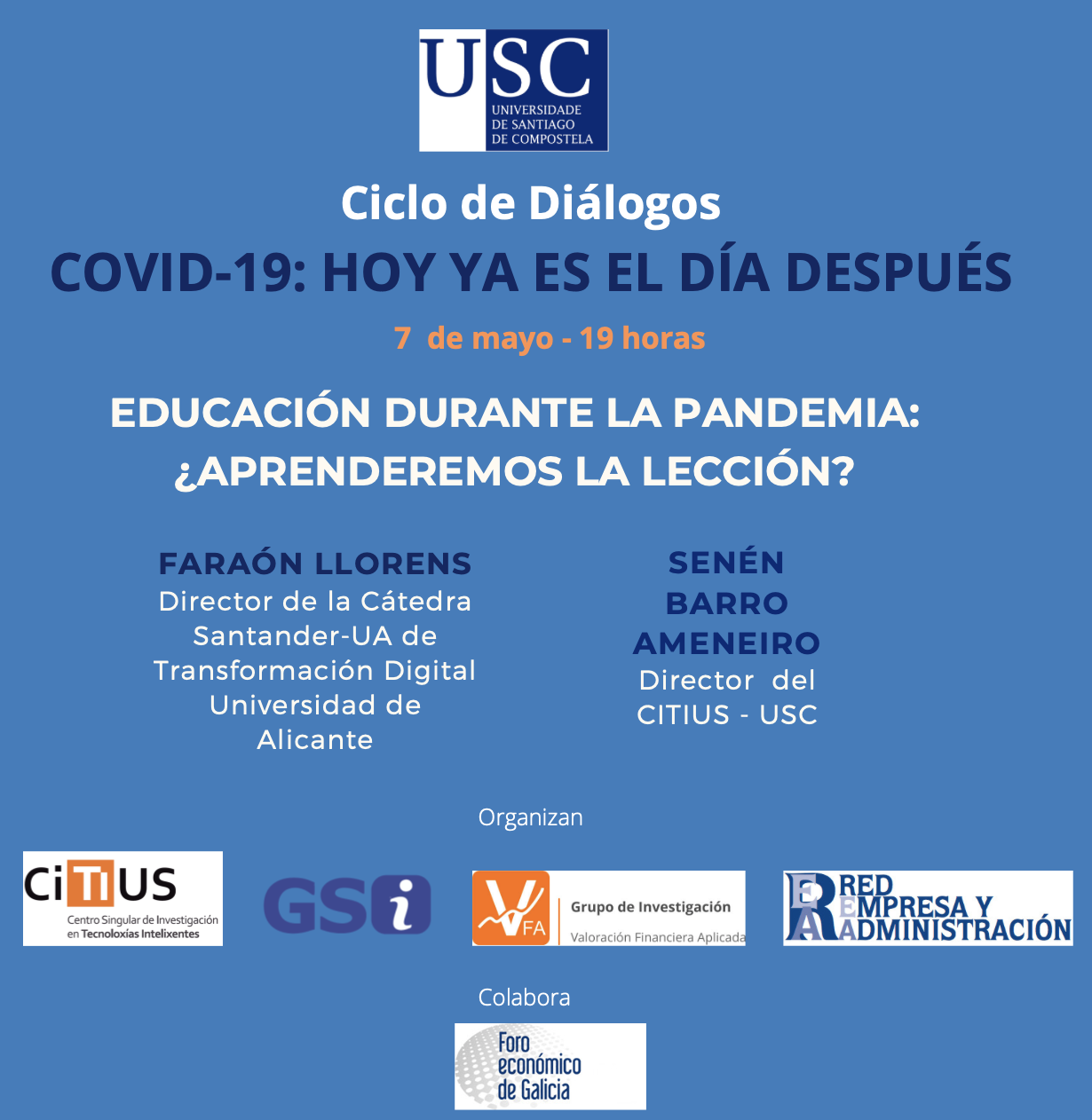Time-Dependent Performance Prediction System for Early Insight in Learning Trends
Time-Dependent Performance Prediction System for Early Insight in Learning Trends
Carlos Villagrá-Arnedo, Francisco Gallego-Durán, Faraón Llorens-Largo, Rosana Satorre-Cuerda, Patricia Compañ-Rosique, Rafael Molina-Carmona
International Journal of Interactive Multimedia and Artificial Intelligence (IJIMAI)
ISSN: 1989-1660
Volume 6, issue 2
2020
https://www.ijimai.org/journal/bibcite/reference/2775
DOI:10.9781/ijimai.2020.05.006
Abstract
Performance prediction systems allow knowing the learning status of students during a term and produce estimations on future status, what is invaluable information for teachers. The majority of current systems statically classify students once in time and show results in simple visual modes. This paper presents an innovative system with progressive, time-dependent and probabilistic performance predictions. The system produces by-weekly probabilistic classifications of students in three groups: high, medium or low performance. The system is empirically tested and data is gathered, analysed and presented. Predictions are shown as point graphs over time, along with calculated learning trends. Summary blocks are with latest predictions and trends are also provided for teacher efficiency. Moreover, some methods for selecting best moments for teacher intervention are derived from predictions. Evidence gathered shows potential to give teachers insights on students’ learning trends, early diagnose learning status and selecting best moment for intervention.
Keywords
E-learning, Education, Learning Analytics, Learning Management Systems, Prediction, Support Vector Machine
El papel de la transformación y la digitalización en la vía de la educación en línea
El papel de la transformación y la digitalización en la vía de la educación en línea
Faraón Llorens
27 de mayo de 2020
Webinar
Foros RENATA
RENATA Colombia (Red Nacional Académica de Tecnología Avanzada)
Mi intervención: 4 x 4
4 diapositivas (transformación digital)
- La transformación digital, al igual que la respuesta a la situación de confinamiento, debe ser liderada por el rector y su equipo de dirección.
- Coronavirus, la prueba del algodón de la universidad digital.
- Digitization, digitalization, digital transformation.
- Casuísticas: de digitalizar lo diseñado a diseñar para lo digital. Propuesta: ¡diseñar para la incertidumbre!
4 diapositivas (educación en línea)
- Entre la docencia presencial y la docencia online (virtual): docencia no presencial de emergencia.
- Tecnología, recursos docentes e interacción.
- Diseño instruccional: objetivos (competencias), actividades y evaluación (feedback). ¡Coherencia!
- Entre digitalizar la evaluación y la evaluación en educación digital: rediseñar la evaluación.
4 instrumentos
- Estudios de análisis de las TIC en las universidades.
- Gobierno de las TI en universidades (GTI4U).
- Cómo priorizar los proyectos TI estratégicos para tu universidad.
- Modelo de Madurez Digital para Universidades (MD4U).
4 propuestas
- Avanzar desde la digitalización hacia la transformación digital.
- Universidad digital para todos.
- Laboratorio para la exploración.
- Una estrategia para la universidad digital.
Programa:
Presentación trabajos ABP Grado Ingeniería Multimedia curso 2019-2020
Presentación trabajos ABP curso 2019-2020
Itinerario Creación y Entretenimiento Digital
Grado en Ingeniería Multimedia
Escuela Politécnica Superior
Universidad de Alicante
#UAGames
A las 11 h. del martes 26 de mayo de 2020
9 Game Pitches
Charla profesional con Víctor Cerezo (Cerouno Games)
Grabación en directo (3:25:42)
En el enjambre
En el enjambre
Byung-Chul Han
Herder (www.herdereditorial.com)
https://www.herdereditorial.com/en-el-enjambre_1
Frases entresacadas e ideas interesantes que puedo utilizar:
(Página 65-66)
“El saber no está patente ante nosotros sin más. No lo hallamos de antemano, a diferencia de la información. Al saber lo precede con frecuencia una larga experiencia. Su temporalidad es completamente distinta de la que corresponde a la información, que es breve y tiene muy corta duración. La información es explícita, mientras que el saber adopta a menudo una forma implícita.”
(Página 88-89) IFS (Information Fatigue Syndrom)
“Un síntoma principal del IFS es la parálisis de la capacidad analítica. Precisamente la capacidad analítica constituye el pensamiento. El exceso de información hace que se atrofie el pensamiento. La capacidad analítica consiste en prescindir, en el material de la percepción, de todo lo que no pertenece esencialmente a la cosa. En definitiva, es la capacidad de distinguir lo esencial de lo no esencial.”
(Página 107)
“El análisis de los grandes datos da a conocer modelos de conducta que también hacen posibles los pronósticos. En lugar de los modelos de teorías hipotéticas se introduce una igualación directa de datos. La correlación suplanta la causalidad. Sobra la pregunta del por qué ante el es así.”
Re-diseño exprés de la docencia para una adaptación de emergencia a la no presencialidad
Re-diseño exprés de la docencia para una adaptación de emergencia a la no presencialidad
Faraón Llorens
14 de mayo de 2020
Webinar
Universidad Central del Ecuador
Presentación:
Grabación en directo del webinar (01:49:40):
Robot-proof. Higher education in the age of artificial intelligence
Robot-proof.
Higher education in the age of artificial intelligence
Joseph E. Aoun
The MIT Press (mitpress.mit.edu)
https://mitpress.mit.edu/books/robot-proof
Video (29:07):
MIT Technology Review
Robot-Proof: Higher Education in the Age of Artificial Intelligence
Joseph Aoun, Northeastern University and David Rotman, MIT Technology Review
June 4, 2018
EmTech Next
https://events.technologyreview.com/video/watch/joseph-aoun-northeastern-robot-proof-education-ai
Frases entresacadas e ideas interesantes que puedo utilizar:
(Página xvii)
“To ensure that graduates are “robot-proof” in the workplace, institutions of higher learning will have to rebalance their curricula”.
(Página 48)
“Consequently, an education for the digital age needs to focus not just on technology and understanding what technology can do but also on what it cannot do – at leasts for now and perhaps never. In other words, a robot-proof education nurtures our unique capacities as human beings. And the most elusive and difficult to define and therefore is trickiest to teach. This is humanity’s unique talent for creativity”.
(Página 53)
“However, we need a new model of learning that enables learners to understand the highly technological world around them and that simultaneously allows them to transcend it by nurturing the mental and intellectual qualities that are unique to humans – namely, their capacity for creativity and mental flexibility. We can call this model humanics“.
(Página 55) (las negritas son mías)
“Humanics’ three new literacies – technological, data, and human – enable us to network with both other people and machines. Even more so, they empower us to use the digital world to its fullest potential”.
(Página 62) (las negritas son mías)
“students also need a higher order of four cognitive capacities that will serve them in the digital economy. As we encountered in the previos chapter, these capacities include critical thinking and systems thinking – metaskills that everyone needs to analyze and apply ideas and to understand and command complex systems. Two other cognitive capacities are necessary to help make learners robot-proof. The first is entrepreneurship – the act of creating value in original ways. The second is cultural agility – a capacity that enables students to operate deftly in a global milieu and to appreciate the varying understandings ans values that people from different cultures bring to an issu or situation.”
(Página 73)
“Until advanced machines learn to navigate the inifite variety of human belief and behavior, humans will continue to be the masters of our shared intercultural milieu”.
“If the goal of higher education is simply to insert information into a student’s brain, a library card or Internet connection would be the only tool we need. But most people are not autodidacts, and most college students do not master the content of their degree programs simply by reading.
/…/
we likewise need to expand our pedagogical toolbox. This involves thematic study across disciplines, project-based learning, and realworld connections.”
(Página 113)
“The logical conclusion is that to stay relevant in the AI economy, lifelong learning will be an imperative for all professionals – and not only professionals. By helping everyone develop and maintain valuable skills, lifelong learning is necessary to alleviate social inequality. A learning model oriented on that goal will serve both those who are long on time but short on experience (namely, recent graduates) as well as learners who are short on time but long on experience (namely, seasoned profesionals). Consequently, colleges and universities will see benefits in making lifelong learning a focal point of what they do.”
(Página 117)
“Educating undergraduates, preparing graduate students, and creating new knowledge by conducting research are seen as the real, serious endeavors of the university, while lifelong learning is viewed as ancillary.
Undergraduate education, graduate education, and research are indeed critical for core priorities. But the traditional approaches will not work for the millions of adult learners finding themselves compelled to return to higher education to stay ahead of technological change.”
(Página 133) (las negritas son mías)
“Typically, alumni return to their college sporadically to attend sporting events and reunions or to tap into established relationships – in other words, to engage with the past. In contrast, the growth of lifelong learning at universities – and the need for more college-educated individuals to obtain it – can transform graduates’ relationship with their alma mater, making them members of a widespread, active network engaged with the present and the future.”
Dashboard for Evaluating the Quality of Open Learning Courses
Dashboard for Evaluating the Quality of Open Learning Courses
Gina Mejía-Madrid, Faraón Llorens-Largo and Rafael Molina-Carmona
Sustainability
ISSN: 2071-1050
Special Issue “Opportunities and Challenges for the Future of Open Education”
Volume 12, issue 9
2020
https://www.mdpi.com/2071-1050/12/9/3941
Abstract
Universities are developing a large number of Open Learning projects that must be subject to quality evaluation. However, these projects have some special characteristics that make the usual quality models not respond to all their requirements. A fundamental part in a quality model is a visual representation of the results (a dashboard) that can facilitate decision making. In this paper, we propose a complete model for evaluating the quality of Open Learning courses and the design of a dashboard to represent its results. The quality model is hierarchical, with four levels of abstraction: components, elements, attributes and indicators. An interesting contribution is the definition of the standards in the form of fulfillment levels, that are easier to interpret and allow using a color code to build a heat map that serves as a dashboard. It is a regular nonagon, divided into sectors and concentric rings, in which each color intensity represents the fulfillment level reached by each abstraction level. The resulting diagram is a compact and visually powerful representation, which allows the identification of the strengths and weaknesses of the Open Learning course. A case study of an Ecuadorian university is also presented to complete the description and draw new conclusions.
Keywords
quality model; dashboard; fulfillment level; open learning; e-learning
Análisis de algunas casuísticas de la transición repentina y obligada de la docencia universitaria a la no presencialidad
Análisis de algunas casuísticas de la transición repentina y obligada de la docencia universitaria a la no presencialidad
Faraón Llorens Largo
Cátedra Santander-UA de Transformación Digital
Universidad de Alicante
Reflexiones de un domingo confinado en casa
#DocenciaVirtual #DocenciaOnline #eLearning
Análisis de algunas casuísticas de la transición repentina y obligada de la docencia universitaria a la no presencialidad.
@CatedraTD_UA, @UA_Universidad @CrueUniversidad @RedCLARA @infometared
Abro Hilo:
[T1] La capacidad de adaptación a esta situación no habrá sido uniforme ni homogénea, dependiendo de múltiples variables: tipologías de las materias, capacidades digitales, equipamiento, situación personal y familiar…
[T2] En este análisis informal, y de domingo por la tarde, me voy a centrar en un aspecto externo a los actores (estudiantado, profesorado y materia), y dependiente únicamente de la situación temporal, estableciendo cuatro categorías, ordenadas de menos a más facilidades de adaptación
[T3] 1. Digitalizar lo ejecutado: es el caso de la evaluación de la convocatoria extraordinaria de las asignaturas del primer semestre, que tuvieron una docencia y una primera convocatoria presencial y ahora deben hacer la evaluación no presencial, pero equiparable a la realizada
[T4] 2. Digitalizar lo diseñado: es el caso de las asignaturas del segundo semestre, que se diseñaron para ser impartidas y evaluadas en presencial, se iniciaron en presencial y tuvieron que acabar de impartirse en no presencial y la evaluación final debe ser también no presencial
[T5] 3. Digitalizar lo re-diseñado exprés: es el caso de las asignaturas que no llegaron a impartirse en presencial, que ya estaban diseñadas, pero que tuvieron la oportunidad de hacer una rápida adaptación al nuevo medio, pero sin casi tiempo a diseñarlas puramente no presenciales
[T6] 4. Diseñar para impartición digital: es el caso de las asignaturas que se ya se sabe que se va a impartir en modalidad remota y que se pueden diseñar desde el principio pensando en ello, como pueden ser las del curso 2020-2021
[T07] Pero esta es mi propuesta final. Diseñar para la incertidumbre: se trata de, ante la incertidumbre de si el próximo curso será presencial o remoto, hacer un diseño bivalente y tolerante a fallos y sin dependencia total ni de lo presencial ni de lo online.
Cierro Hilo
Educación durante la pandemia: ¿aprenderemos la lección?
Educación durante la pandemia: ¿aprenderemos la lección?
Ciclo de Diálogos “COVID-19: hoy ya es el día después”
Universidad de Santiago de Compostela
7 de mayo de 2020 – 19 horas
Faraón Llorens, director Cátedra Santander-UA de Transformación Digital de la Universidad de Alicante
Senén Barro Ameneiro, director del CITIUS de la USC
Presentación:
Grabación en directo (1:03:55):











